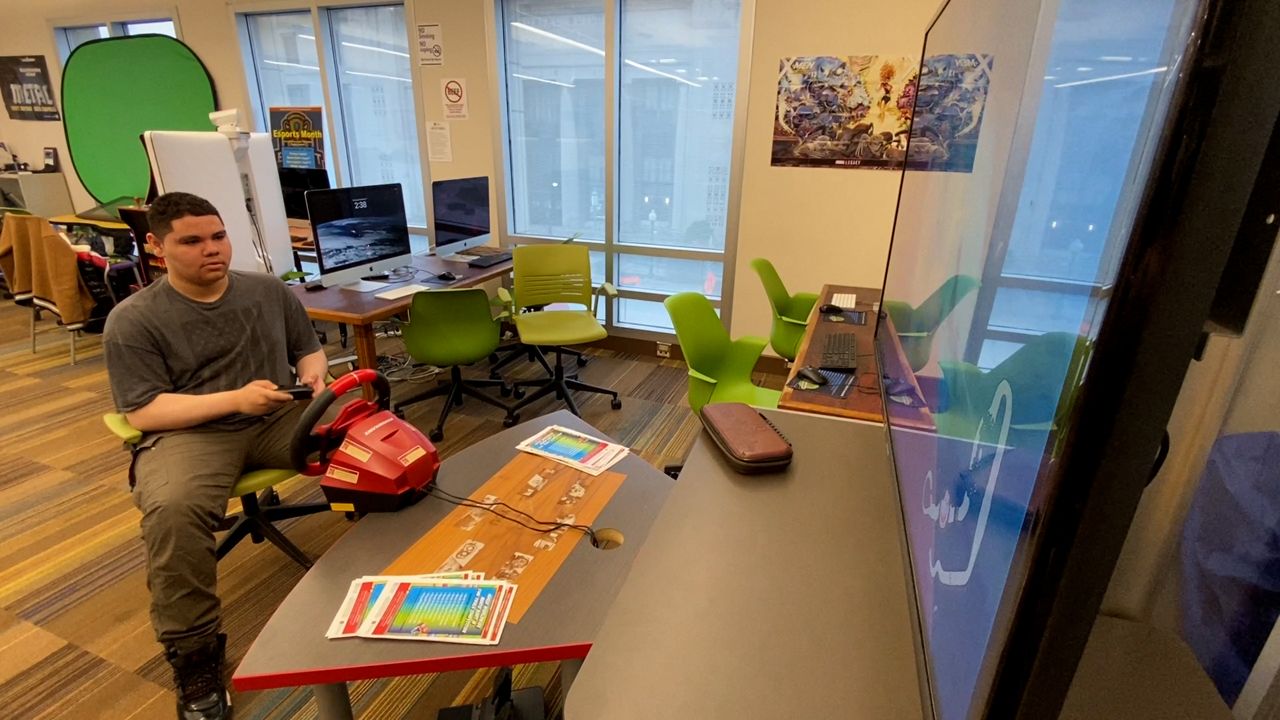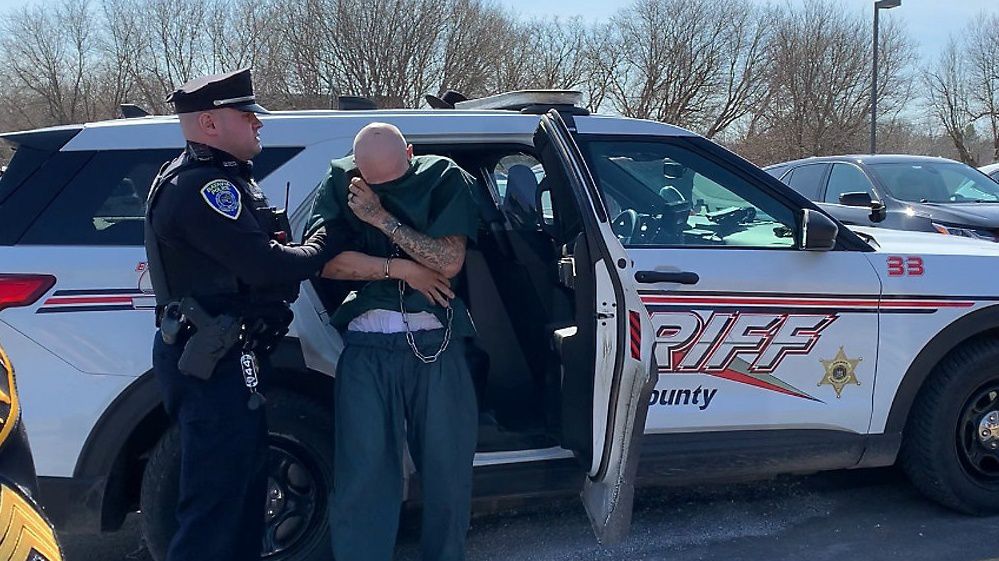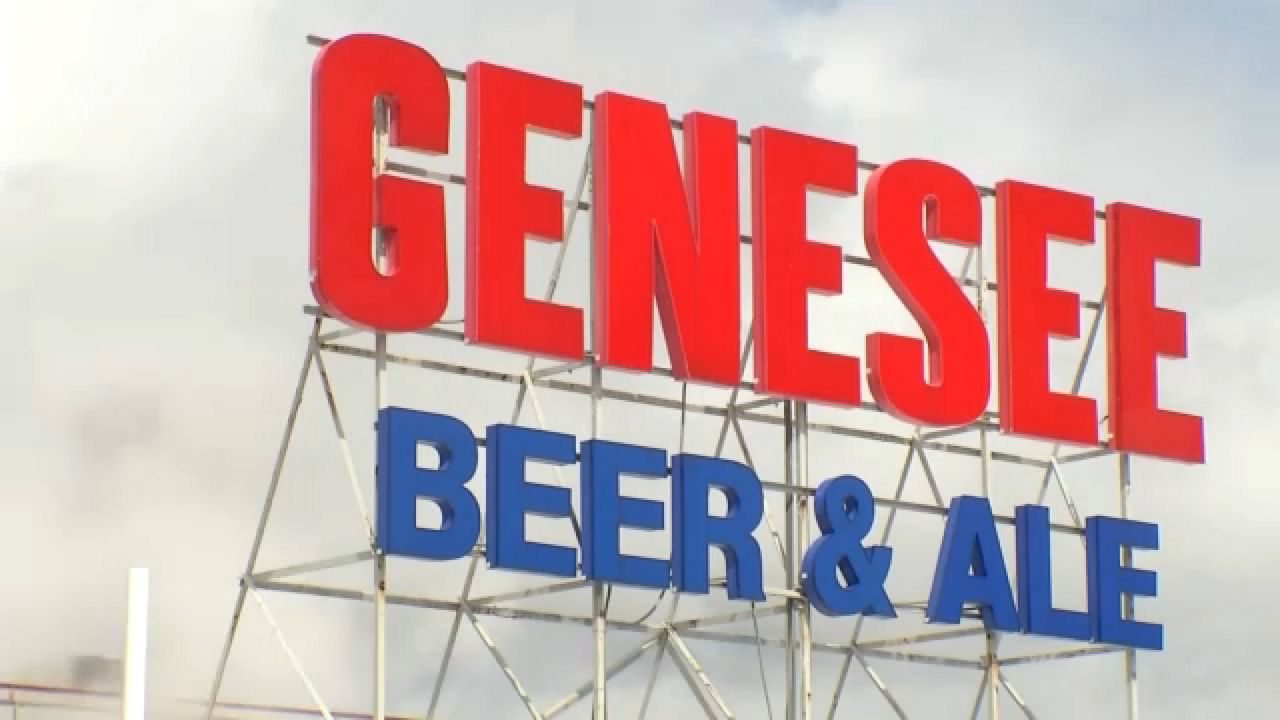ROCHESTER, N.Y. — Two documentary producers in Rochester are looking for a little assistance in finding old images that will help them make a new version of a film they first created 30 years ago. The subject is an idea in Rochester that seemingly was before its time, which was once an integral part of how people got around the city.
Any story that’s worth telling is worth re-telling. For Fred Armstrong and Mike Champlin, it’s the story of what Rochester once had. A subway system which was designed to reduce traffic on city streets.
“It was lucky it was built at all, I guess,” said Armstrong. “The original idea of the subway was to be a motorway.”
It is a story that starts underground, in a place Armstrong hasn’t visited in quite a while. What’s now a canvas for graffiti artists and a playground for urban explorers was once part of a once-bustling city’s transportation system.
“This was a marvel,” said Armstrong. “This was a modern marvel.”
In 1926, Rochester, New York became the smallest city in the U.S. to build a subway. What’s left of it, under Broad Street, is largely hidden. Unnoticeable to those who never knew about it. Unknown — to those who pass above it.
Thirty years ago, Armstrong, owner of Animatus Studio, produced a documentary on Rochester’s subway called The End of the Line.
“It was just one of those stories I've never been able to put down myself,” said Mike Champlin, who served as editor. “It's just such an incredible amalgam of technology and nostalgia.”
Because there was so much to work with, what was initially to be a 15-minute documentary ran 45 minutes. The End of the Line is fittingly named, documenting how Rochester also became the first American city to abandon its subway — in 1957.
“It just didn't get the ridership,“ said Armstrong. “Back in the 50’s and 60’s when urban renewal was starting to take place, they really thought the city was going to grow. And the city did not grow.”
Old rail cars were destroyed. Tracks were dismantled. A once-promising part of Rochester’s history had faded away.
“Bring up to anybody in Rochester that we had a subway, if they didn't know, it's like, what are you talking about?” said Armstrong. “It’s crazy.”
The original documentary came out on VHS and later, DVD. Armstrong and Champlin, who owns Debergerac Productions in Pittsford, both believe the story holds up well all these years later. But the technology, not as much.
“He’s been bugging me for years to redo it,” said Armstrong.
“During COVID, we were all sitting in our own offices,” recalls Champlin. “And I said there’s enough here.”
Which prompted something Armstrong never could have imagined.
“Never,” he said. “I thought that was it.”
The two longtime friends are now working on a new version of an old story. A modern version in high def and high resolution.
“Not that I’m not proud of this, but it’s time to make it better,” said Armstrong.
It’s easier said than done. The original interviews were shot on Hi 8, with folks who are no longer here.
“Everybody except for one has passed on, including the narrator,” said Champlin.
Three decades later, tracking down all of the old photographs and film used in the original has been difficult. The documentary makers say they’ll accept any old photos or film that helps them tell the story of Rochester’s old subway. They hope to complete the project by the end of the year.
“We're realizing how much of this history is now scattered all over the place,” said Champlin.
History, and a story now getting a modern makeover. A tale of what was — and what might have been.
“That’s part of it, I think,” said Champlin. “The dream of what could have been is eternal.”
Two men who believe the story of Rochester’s long gone subway is still worth retelling.
“This is a story that you can't put down,” he said. “It’s a story that continues to inspire, and it's one that awakens new interests in anyone who sees it.
STORY COPY HERE










